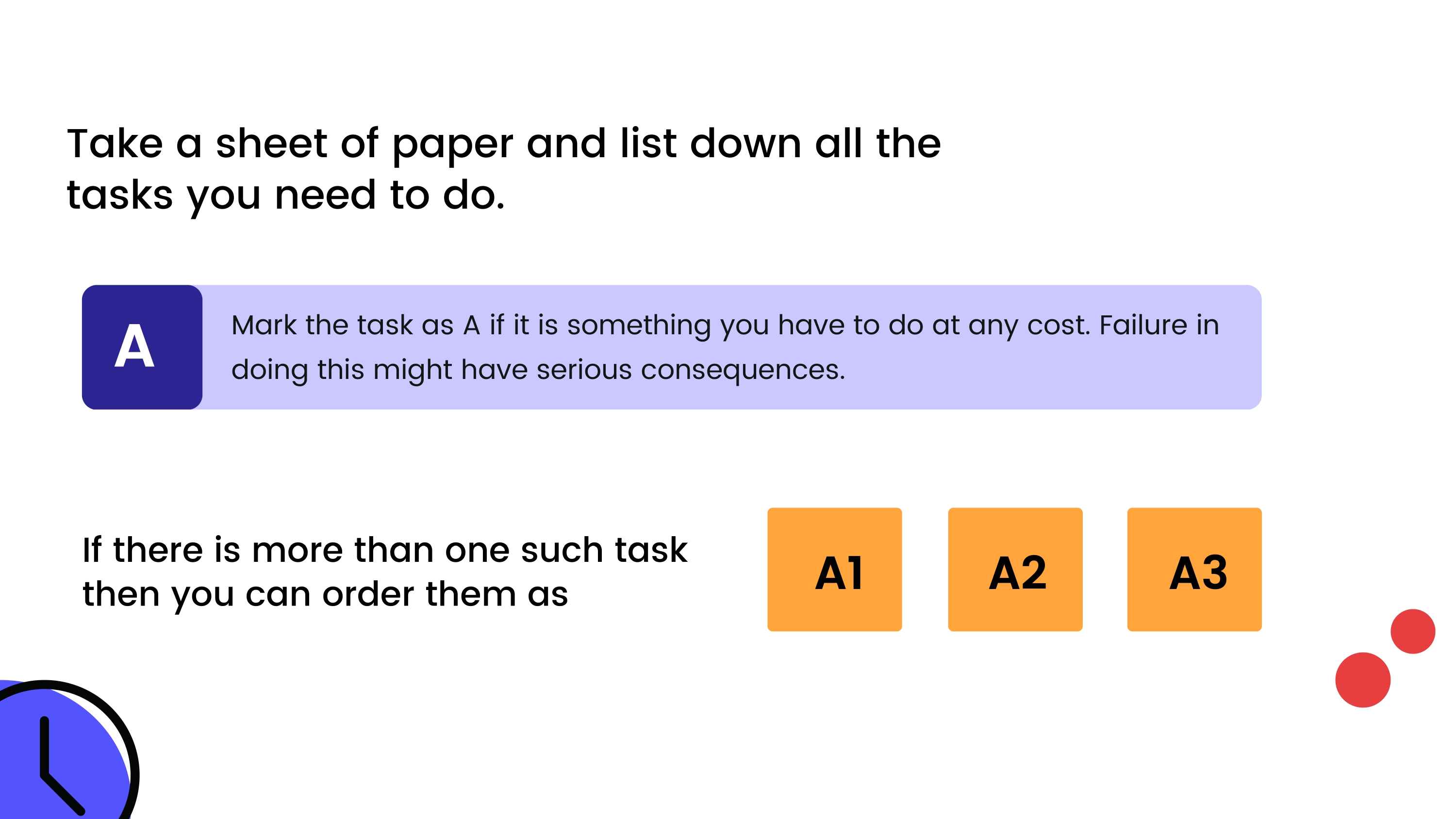Chapter 1: Fundamentals of Effective Communication
Understanding Communication
Definition and Importance : Communication is the process of exchanging information, ideas, thoughts, and feelings between individuals or groups. It is crucial for building relationships, making decisions, and achieving organizational goals. Effective communication ensures that messages are conveyed clearly and understood correctly, reducing and misunderstandings and fostering collaboration.
Types of Communication:
Communication Models
Shannon-Weaver Model: This foundational model describes communication as a linear process involving a sender, message, channel, receiver, and feedback. The sender encodes a message and transmits it through a channel to the receiver, who decodes the message. The model also introduces the concept of noise, which can distort the message. This model is useful for understanding the basic mechanics of communication but may oversimplify more interactive communication processes.
Barnlund’s Transactional Model: This model views communication as a dynamic, continuous process where both parties are simultaneously senders and receivers. It emphasizes the importance of feedback, context, and noise. Unlike linear models, Barnlund’s model accounts for the complex, reciprocal nature of communication, where messages are constantly exchanged, and feedback is ongoing. It highlights the role of context in shaping the meaning of messages and the impact of personal and environmental factors.
Active Listening
Techniques for Active Listening:
Reflecting: Involves restating or paraphrasing what the speaker has said to confirm understanding and show empathy. This technique helps ensure that the listener has accurately interpreted the message.
Paraphrasing: Rephrasing the speaker’s words in the listener’s own words to clarify and validate the message. It demonstrates that the listener is engaged and comprehends the content.
Summarizing: Providing a concise summary of the key points discussed to reinforce understanding and address any potential misunderstandings. Summarizing helps consolidate information and ensures that both parties are on the same page.
Benefits of Active Listening: Active listening enhances comprehension, builds trust, and fosters stronger relationships. It encourages open communication, reduces conflicts, and allows for more effective problem-solving and decision-making.
Barriers to Communication
-
Noise: Refers to any external or internal factors that interfere with the effective transmission or reception of a message. Examples include background sounds, technical issues, or distractions. Noise can distort the message and lead to misunderstandings.
-
Language Barriers: Arise when individuals use different languages or jargon that is not mutually understood. Language barriers can impede comprehension and require adjustments such as using simpler language, providing translations, or seeking clarification.
-
Psychological Barriers: Include factors like stress, prejudice, and emotional biases that affect how messages are interpreted. Psychological barriers can distort perceptions and reactions, making it difficult to engage in effective communication.
-
Strategies to Overcome Barriers: Reducing Noise: Minimize distractions and ensure a clear communication environment. Addressing Language Barriers: Use clear, simple language and confirm understanding. Consider language training or translation services if needed. Managing Psychological Barriers: Foster a positive and open-minded communication environment, be aware of personal biases, and practice empathy to address emotional barriers. .
By understanding and applying these concepts, individuals can enhance their communication skills, leading to more effective interactions and improved outcomes in both personal and professional settings.




